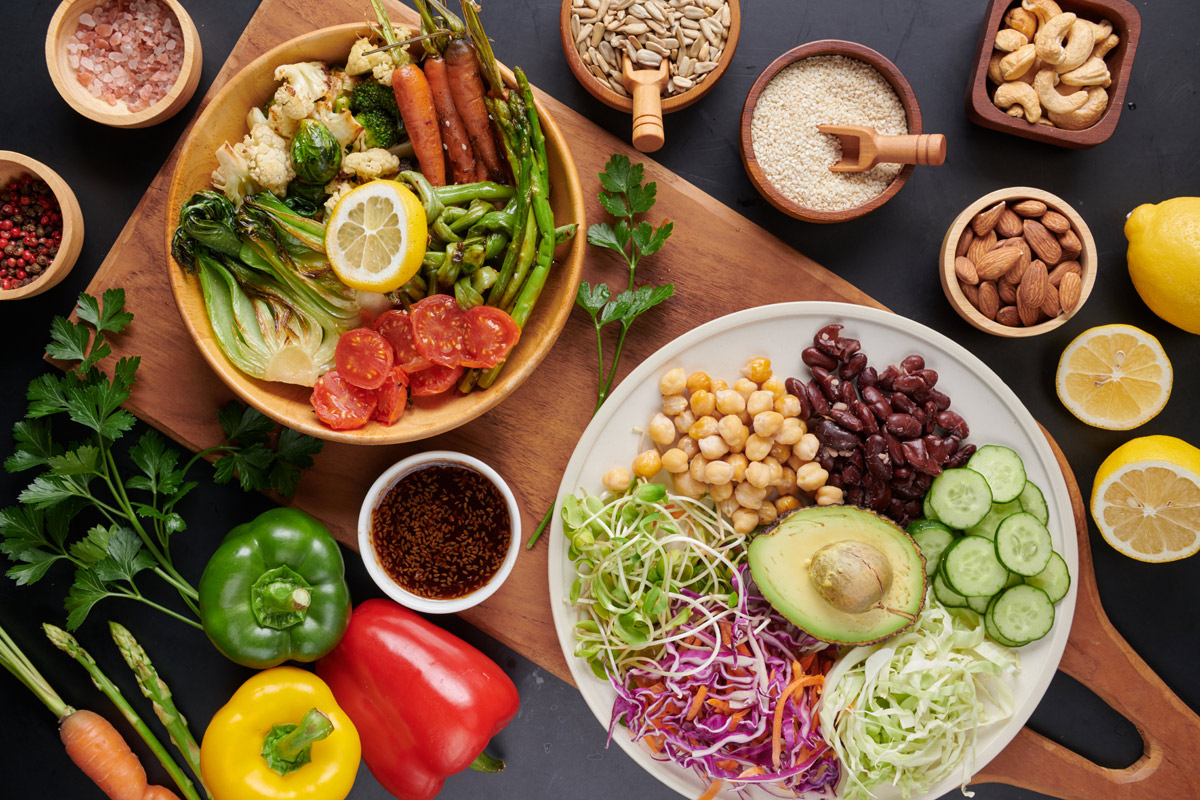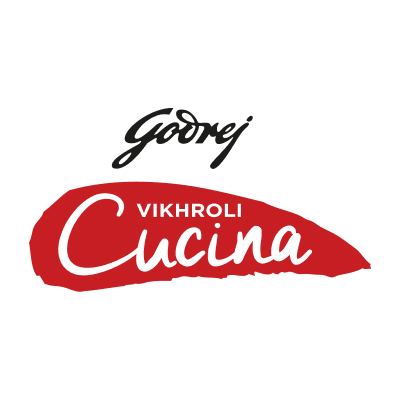
Become a conscious consumer: Smart steps towards food activism
The Godrej Food Trends Report 2025 notes an important shift in consumers going from passive buyers to now making active, informed food choices. But, is there more to that? Let’s find out.

Have you ever stood in a grocery aisle, staring at a pouch of red chilli powder and had a fleeting thought: is this colour natural, or is it brick dust? Have you wondered if the ‘farm-fresh’ claims on a milk carton are genuinely true? If so, you've already taken the first, crucial step towards food activism. You’re a step closer to becoming what we call, a conscious consumer.
The term might conjure images of large-scale protests, but as the Godrej Food Trends Report 2025 highlights, its most powerful form is becoming deeply personal. For the everyday consumer, food activism is less about a defined local movement and more of a necessary checklist or preliminary awareness for navigating an increasingly complex food landscape.
It’s the practical antidote to rising anxieties about adulteration, misleading nutritional labels, and unhygienic supply chains. A conscious consumer shifts from being a ‘passive’ one, hoping for the best, to an active and engaged one who is more aware and demands for safe and nutritious food.
So, what does this rising tide of food activism mean for your daily life? It means understanding that every rupee you spend is a say in the kind of food system you want to support. It's no longer a niche interest but a necessity for your well-being.
Your guide to becoming a conscious consumer
Here are the practical steps to help you take charge of what goes on your dinner plate.
Read the label, not just the logo
Go beyond the flashy marketing. Turn the package over and scrutinise the ingredient list. Is sugar or salt one of the first three ingredients? A shorter list with recognisable ingredients is usually a good sign. Most importantly, look for the FSSAI license number, a mandatory mark of compliance that shows the brand is registered and accountable.
Embrace the local
Make friends with your local sabzi-wala or visit a weekend farmers' market. Buying local and seasonal produce not only supports your community’s economy but ensures you get fresher food. This food is higher in nutrients because it hasn’t spent weeks in transit, significantly reducing your personal ‘foodprint’.
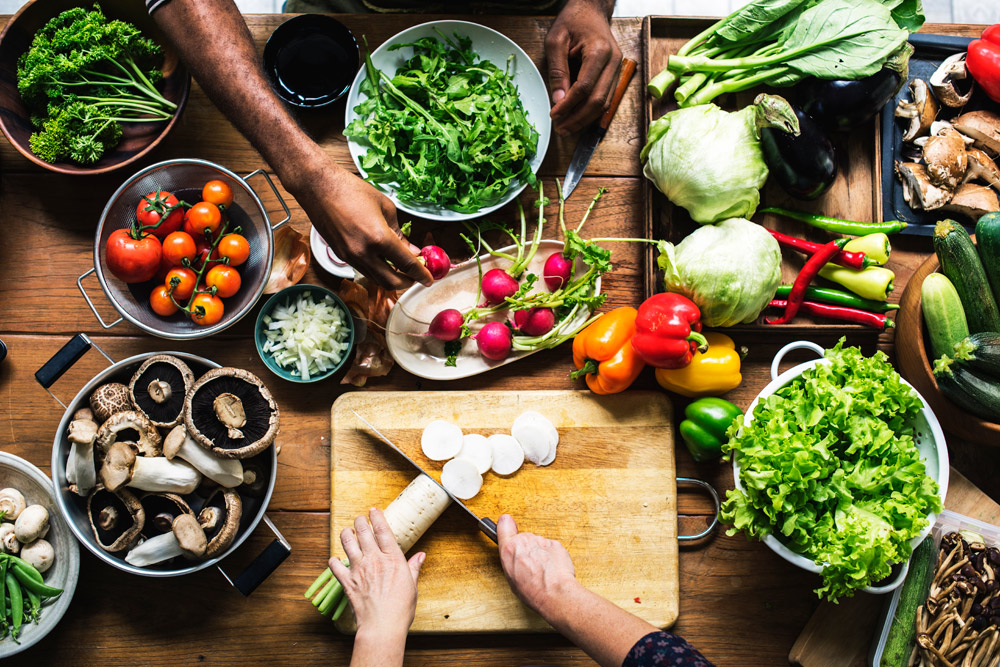
Eat with the seasons, not the supermarket clock
Seasons, is the core theme of this year’s Godrej Food Trends Report. There’s a reason why seasonal ice creams will always be a big thing! Eating seasonally ensures you are consuming produce at its absolute peak in flavour, nutrition and affordability. It’s also a powerful vote against the energy-intensive practices required to grow and store food out of season.

Diversify your thali with heritage grains
For generations, our diets were rich with a variety of grains. It's time to look beyond just wheat and rice. Reintroduce traditional millets like jowar, bajra and ragi into your meals. These heritage grains are often more nutritious, require less water to grow (making them climate-smart), and support agricultural biodiversity.
Cook more, waste less
The ultimate act of food activism happens in your kitchen. Cooking at home gives you complete control over ingredients, oil and hygiene. Furthermore, it encourages you to respect the food you buy. Use vegetable peels to make stock, find creative uses for leftovers and practice mindful portioning. Reducing food waste is a direct tribute to the resources and labour that brought the food to your plate.
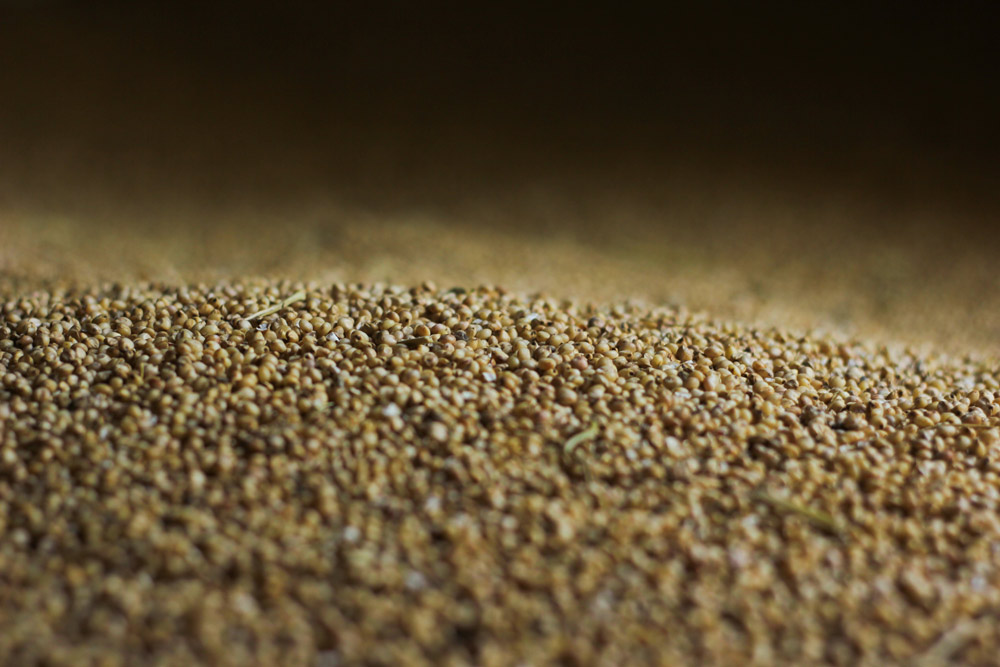
Question everything
Don’t be afraid to be a curious customer. Ask your favourite restaurant where they source their ingredients. Engage with brands on social media and ask them about their procurement story or farming practices. A brand that is proud of its process will be happy to share its journey with you. Your questions signal to the market that transparency matters.
Be the watchdog
If you encounter a product with misleading information or witness unhygienic practices, don't just ignore it. Report it using the FSSAI’s official app or web portal. Think of it as a civic duty; your single complaint could be the catalyst for regulatory action that protects countless others.
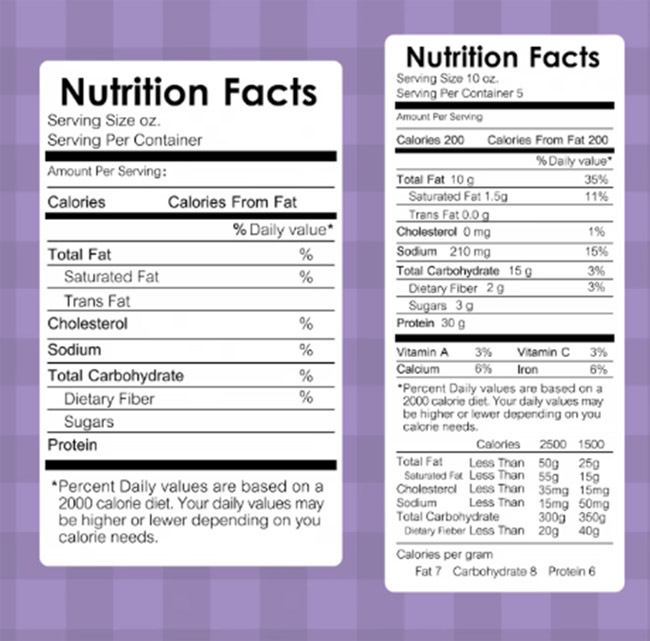
Beyond just protecting yourself, this conscious approach has a powerful ripple effect. Every time you select a brand with transparent sourcing, you reward honesty and encourage others to follow suit. Ultimately, the most powerful act of food activism starts with you.
By taking an active interest in what’s on your plate, you honour your health, your heritage, and the dedicated producers who bring you your food. You make informed choices that not only nourish your body but also help build a healthier, more honest food culture for everyone.
What are some practices that you follow when buying food? What makes a conscious consumer according to you? Let us know in the comments!
Tags
0 Comment
You may also like
-

Features The most craved TV food that sparked global cravings
by Vikhroli Cucina
-

Features The Culinarian's Take: The ultimate holiday wine picking guide with Sula Vineyards
by Vikhroli Cucina
-
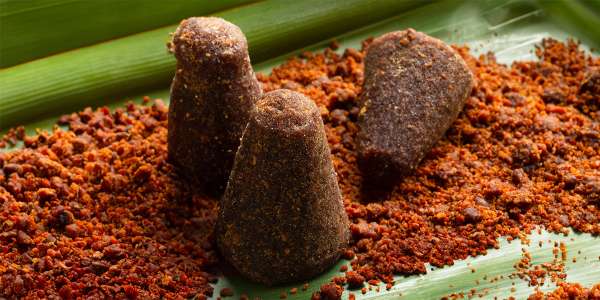
Features How India eats when the weather turns cold
by Vikhroli Cucina
-

Features What Indian childhood memories taste like…
by Vikhroli Cucina

